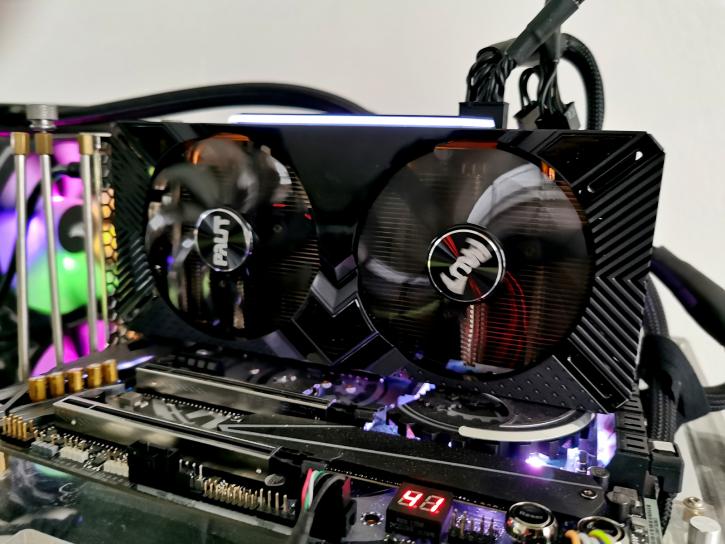The GPU Specifications
Turing TU116 GPU Specifications
The GPU TU116 for the GeForce GTX 1660 (SUPER/Ti) contains 6.6 billion transistors localized on the die. In comparison, Pascal had close to 12 billion transistors on a die size of 471mm2. Gamers will immediately look at the shader processors; the Quadro RTX 8000 has 4608 of them enabled and since everything with bits is in multitudes of eight and while looking at the GPU die photos. When fully enabled it has 24 SMs (streaming multiprocessors) each holding 64 cores = 1,536 Shader processors. This GPU is fabbed on an optimized 12nm TSMC FinFET+ node and the full GPU is unlocked. The 1660 regular and SUPER models have 22 SMs activated, and thus deliver 1,408 shader processors.
Graphics memory - GDDR6
The GeForce GTX 1660 was fitted with GDDR5 memory that could run 8 Gbps. By moving the Super model towards GDDR6 graphics memory it will get a far greater effective data-rate of 14 Gbps. The memory is advancing on GDDR5 (Graphics Double Data Rate (DDR)) but with a memory bandwidth of 14 Gbps, it offers almost twice as much as GDDR5 (not GDDR5X) offers. In the near future, GDDR6 could transfer data at 16Gbps (bits per second), which is twice as fast as regular GDDR5. The GeForce GTX 1660 Ti (6GB 192-bit) will be paired with 12 Gbps GDDR6.


